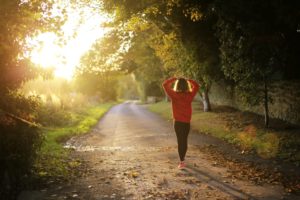
Dealing with Restlessness in Children through Walking Meditation
Wouldn’t it be wonderful if our children could experience full joy while eating an ice-cream or while doing an activity they love, instead of burning

Wouldn’t it be wonderful if our children could experience full joy while eating an ice-cream or while doing an activity they love, instead of burning
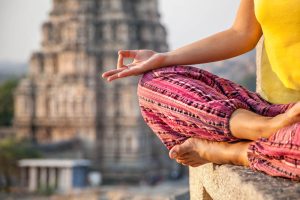
Origins of Mindfulness: Religion, Philosophy, or Psychology? Mindfulness is seen to have its roots in ancient Eastern, primarily Buddhist, traditions. However, there are enough references in
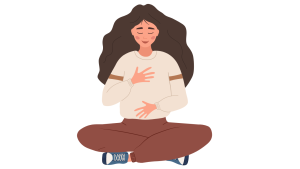
Many of us encounter moments in life where forgiveness feels impossible. We might hold onto contempt or resentment towards someone, struggling to understand their actions
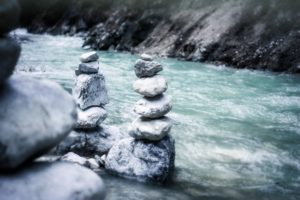
Often just like any other skill, once people start meditating they try to master meditation. They want to excel at it. They imagine themselves becoming quiet
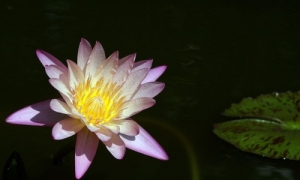
Your senses are your window to the world; you experience life through your senses. Yet, in your everyday routine, you remain busy in trying to make meaning of whatever you see, hear, smell, taste and touch. This is necessary and an essential part of survival! However, if you think about it, every sensory experience is so rich on its own.
Keeping this in mind, this blog describes a mindfulness exercise that involves paying attention to one sense at a time.

Imagine you are a ship. On a voyage. Swayed by gentle breeze or choppy waves everyday. You feel pulled back or pushed ahead. At times, you find it difficult to stay on course. Wouldn’t you want to have an anchor, to keep you steady?
If the ship is your mind, the breeze and waves are your thoughts which take you to the past and future… but what is the anchor??
The anchor is something that is with you all the time – it is the ‘present’
Discovering the Present through Mindfulness
Mindfulness means paying attention to the present, completely and fully. It is a moment-to-moment awareness of one’s experience, be it of what you see/hear/smell, or your breath or even your thoughts.
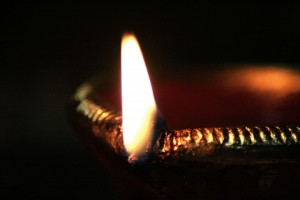
Diwali is here-a time of the year for festivity and rejoicing and I love all of that. The sweets, the gifts, the general feeling of gaiety and energy in the air-its invigorating.
There is another image, a slightly different one that also stays with me which I want to share with you. It is the image of the lamps burning away into the night, much after all the noise and the gaiety subsides.

Okay! So here we come to the end of the Mental Health Week with our last post, and all along we have made it a week of mindfulness for you and for us.
As promised in the last post, we are taking you into somewhat deeper levels of mindfulness since the last two days. In today’s post we will work on mindfulness with emotions and feelings. As in the last six days, we will do a small exercise to help you observe your emotions, mindfully. But before the exercise a little bit more on observing emotions:
How can emotions and feelings be observed?
You know when you are happy, sad, angry, disappointed and so on… Well how do you know? Maybe you will quickly answer “I just know”! But this is mindfulness week remember? We do everything with a pause…so I Invite you to try to not answer immediately! Take a moment and think on how you know what you feel. Think before you go on reading…

We have already discussed in our first post for the mental health week, the exercise of creating present moment awareness through looking, through isolating one sense at a time and focusing on it in order to be mindful, or in the present.
Most of you who have been following the posts this week we are sure are already into the mindfulness groove. Hence for the last two posts for the week, we take you a little deeper into the mindfulness experience. Before I introduce you to today’s exercise, just a little background..
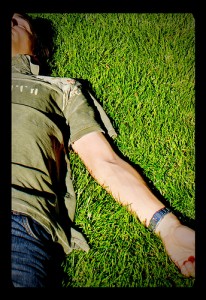
Back with the mindfulness exercise of the day – muscle relaxation. We usually associate mindfulness with relaxation. The idea of serenely experiencing the present, just as it is, without judging or evaluating the moment is soothing and relaxing.
Today, we will take this understanding forward and explain a relaxation technique which is about mindfully watching your body and relaxing it. We’ll call it, Mindful Muscle Relaxation. When most of us say relaxation, we mean relaxation of the mind. Even so, mental relaxation and bodily relaxation are not mutually exclusive. But more on that in a couple of days. For now, in this technique we will exclusively focus on relaxing the body, mindfully. Often our muscles have tensed up even without our knowledge. Pain in the head, back, shoulders is becoming increasingly common. This tension is the body’s way of coping with the continuous onslaught of stress. The body seems to prep up to deal with stress but rarely gets a moment of deliberate intentional letting go. Here is where mindful muscle relaxation can greatly help.

We specialize in combining psychotherapy with deep wellness practices like mindfulness and meditation and creating a customized mental health plan for individuals and organisations.
We specialize in combining psychotherapy with deep wellness practices like mindfulness and meditation and creating a customized mental health plan for individuals and organisations.

A young woman from another country moved with her family to live for one year in a town near the monastery. When, in the course of the year she discovered the monastery, she would periodically visit to have discussions with the Abbess. The Abbess introduced her to meditation, which became very meaningful for the young woman.
When the family’s year-long stay was drawing to an end, the young woman asked the Abbess, “In my country there is no Buddhism and no one has even heard about meditation. How can I continue to learn and deepen the practice you have started me on?”
The Abbess said, “When you return home ask far and wide for who, among the wise people, is recognized as having the greatest ability to listen. Ask that person to instruct you in the art of listening. What you learn about listening from such a person will teach you how to further your meditation practice.
― Gil Fronsdal, A Monastery Within: Tales from the Buddhist Path